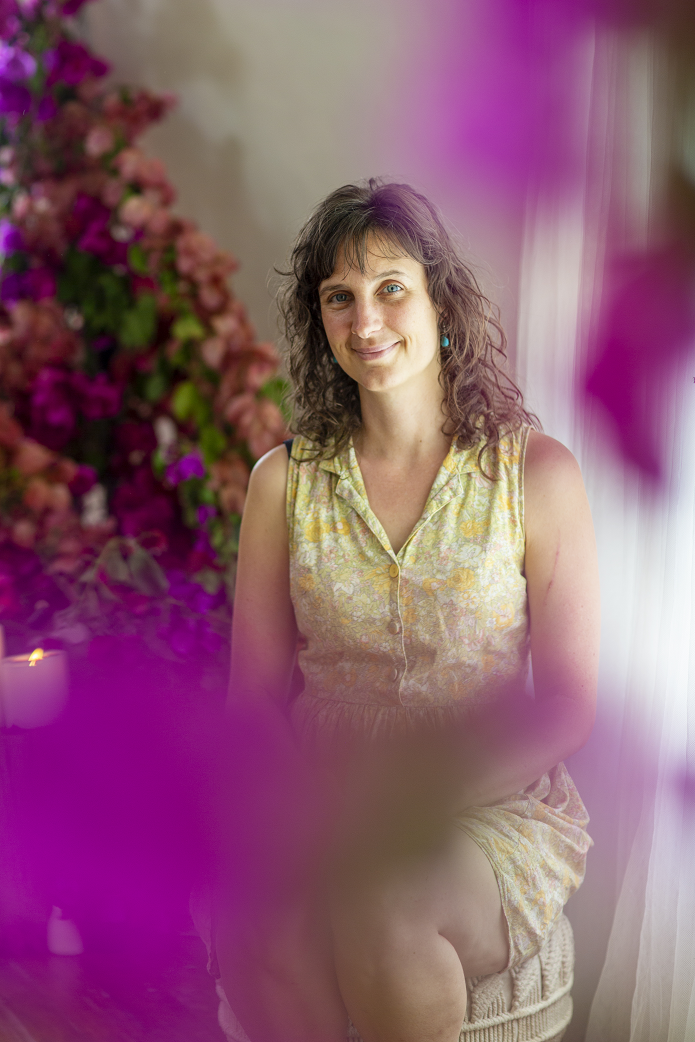Herbal teas can be a delightful way to enjoy the benefits of medicinal plants—but let’s be honest, not all of them taste amazing! Some herbs have strong, bitter flavors, or perhaps we’re simply not used to some herb’s grassy or spicy tastes. This can turn herbal teas into a chore rather than a treat.
So what do you do when your tea sucks (or when your family turns up their noses at it)? Luckily, you have options! Here’s 5 ways how to make your herbal teas more delicious.
1. Choosing the Right Tea Herbs
Not all herbs are naturally tasty or suited for tea-making. Remember, tea only extracts water-soluble constituents, so certain herbs might extract better in another menstruum (herbal term for liquid we’re using to that extract herbs).
2. Adjusting Herb Quantity & Steep Time
The strength and flavor of your tea can be adjusted simply by modifying how much herb you use and how long you steep it.
3. Add “Yum Factor” Herbs
If your tea needs a little something extra, these herbs and natural sweeteners can make it more enjoyable. Look for herbs that taste: sour, sweet, minty, spicy and warming, anise-like or fruity (find a list of herbs with these flavours in the Mastering Herbal Teas course.
4. Swap Out a Herb You Don’t Like
Sometimes, there’s just an herb you can’t stand the taste of—but that doesn’t mean you have to miss out on what it does in the body! Many herbs have similar actions, meaning you can substitute one for another while still getting the desired effect.
For example, fennel is a fantastic digestive herb, but not everyone enjoys its licorice-like taste. If that’s you, swap it out for peppermint, chamomile, or ginger—each of which also supports digestion.
Rote learning herbs through recipes can actually make it really hard to work out how to substitute. That’s why in my Mastering Herbal Teas course I actually take you step-by-step through the process of making your own blends.
In essence, you’re first define your intention for the tea blend, and work out which herbs have the herbal actions you want.
It’s much easier than you think I promise! In Mastering Herbal Teas course, I show you exactly how to do it with examples (videos and written, depending how you learn best).
5. Make Your Tea Beautiful
Tea isn’t just about taste—it can be a visual and aromatic experience, too! Adding colourful herbs and flowers can make your tea blends more appealing and fun to drink.
Some suggestions could include:
- red: rose petals, hibiscus
- orange: Nasturtium, calendula
- yellow: chamomile, dandelion flower, calendula
- blue: borage flowers, cornflower, blue butterfly pea
- purple: lavender, violet flowers, elderberries
There are lots of other edible flowers I personally haven’t worked with in teas, but you can certainly explore this further!
Herbal teas don’t have to be a struggle to drink. With a little creativity and customization, you can turn even the most medicinal-tasting brews into something you genuinely enjoy. Whether it’s adjusting the steep time, adding complementary flavors, or making your tea visually appealing, there’s always a way to enhance your tea experience.
Wanna whip up healing teas with ease?
You’ll adore my Mastering Herbal Teas in 5 Minutes a day course. It’s your ultimate roadmap to making healing teas you and your family actually want to drink!


